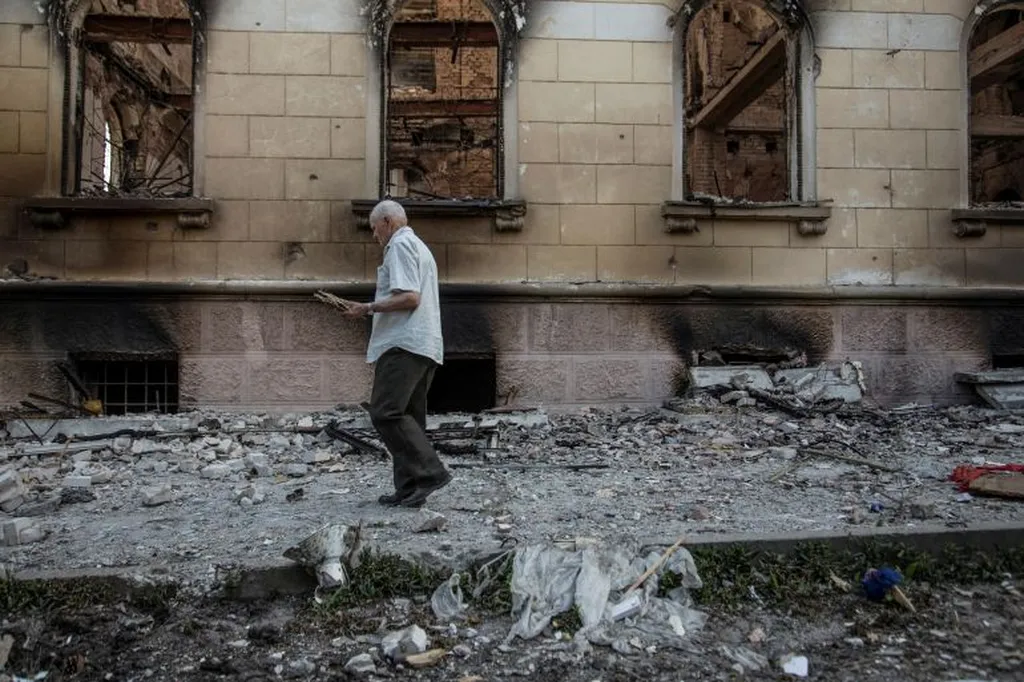In the ever-evolving world of construction and energy efficiency, a groundbreaking development has emerged from the Odesa State Academy of Civil Engineering and Architecture. Oleksandr Meneylyuk, a leading researcher from the Civil Engineering Institute, has pioneered a new energy-efficient composite wall system that could revolutionize the way we build and insulate our structures. This innovative solution, detailed in the journal “Advances in Civil and Architectural Engineering” (translated from Ukrainian as “Progress in Civil and Architectural Engineering”), combines expanded polystyrene concrete with light steel thin-walled structures in a fixed formwork, offering a promising alternative to traditional construction methods.
The new composite wall system has been rigorously tested and compared to 13 traditional alternatives through a multi-criteria analysis involving eight key factors. The results speak for themselves. “The new solution of a composite wall in a fixed formwork is more effective than any of the traditional alternatives we examined,” Meneylyuk asserted. This effectiveness is not just theoretical; experimental investigations conducted at the Scientific Research Institute of Building Structures in Kyiv have demonstrated the superior heat-insulating properties of the new wall.
One of the most compelling aspects of this research is its practical application. The installation of the new wall at an actual construction site confirmed significant reductions in labor and material consumption, thanks to the innovative technology. This is a game-changer for the construction industry, where efficiency and cost-effectiveness are paramount. “Low values of the specific labor intensity, material intensity, as well as the possibility of installing wall elements with minimal use of construction equipment make it possible to use the developed solution for a wide range of construction structures,” Meneylyuk explained.
The implications for the energy sector are equally profound. The experimental results of the heat transfer resistance at two cross-sections of the new wall—maximum thickness of polystyrene foam concrete and maximum accumulation of steel elements—highlighted the need for external insulation. This finding could influence future building codes and standards, pushing the industry towards more energy-efficient practices.
As the world grapples with the urgent need to reduce energy consumption and carbon emissions, innovations like Meneylyuk’s composite wall system offer a beacon of hope. The potential for widespread adoption in various construction projects is immense, promising not only cost savings but also a significant reduction in environmental impact.
This research is a testament to the power of innovation in driving progress. As the construction industry continues to evolve, the insights and technologies emerging from such studies will undoubtedly shape the future of building practices. For professionals in the energy and construction sectors, the message is clear: the future is here, and it is energy-efficient, cost-effective, and ready for implementation.

